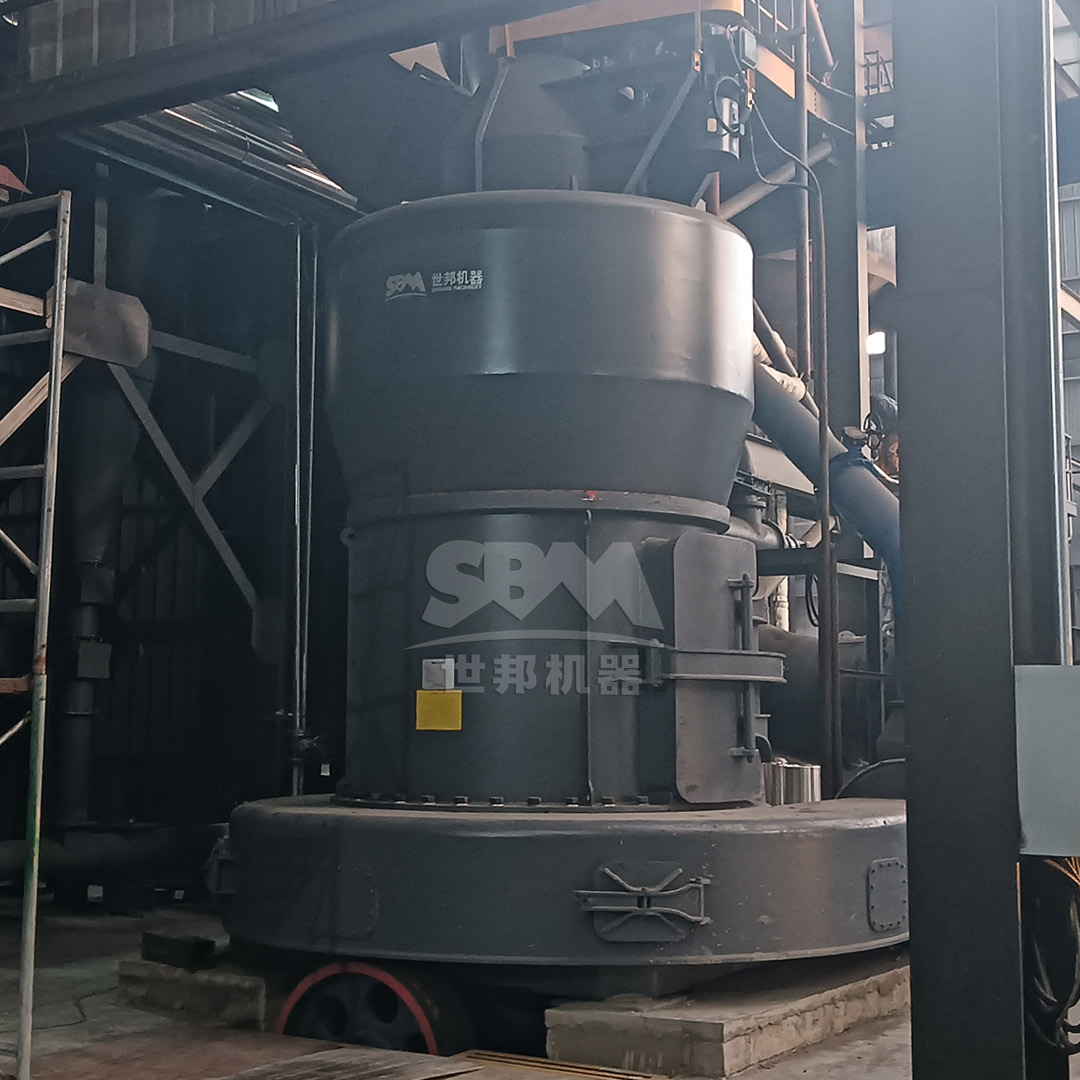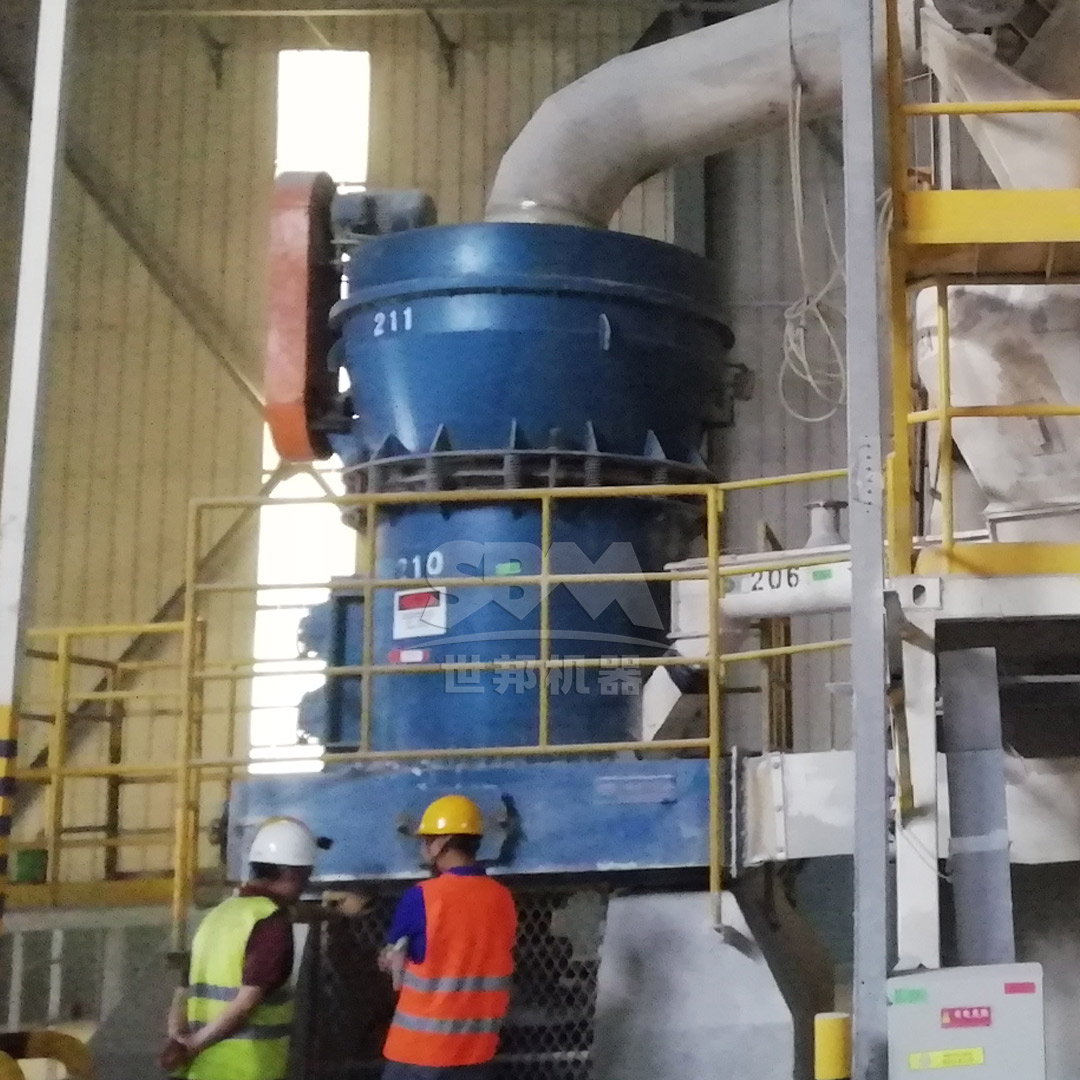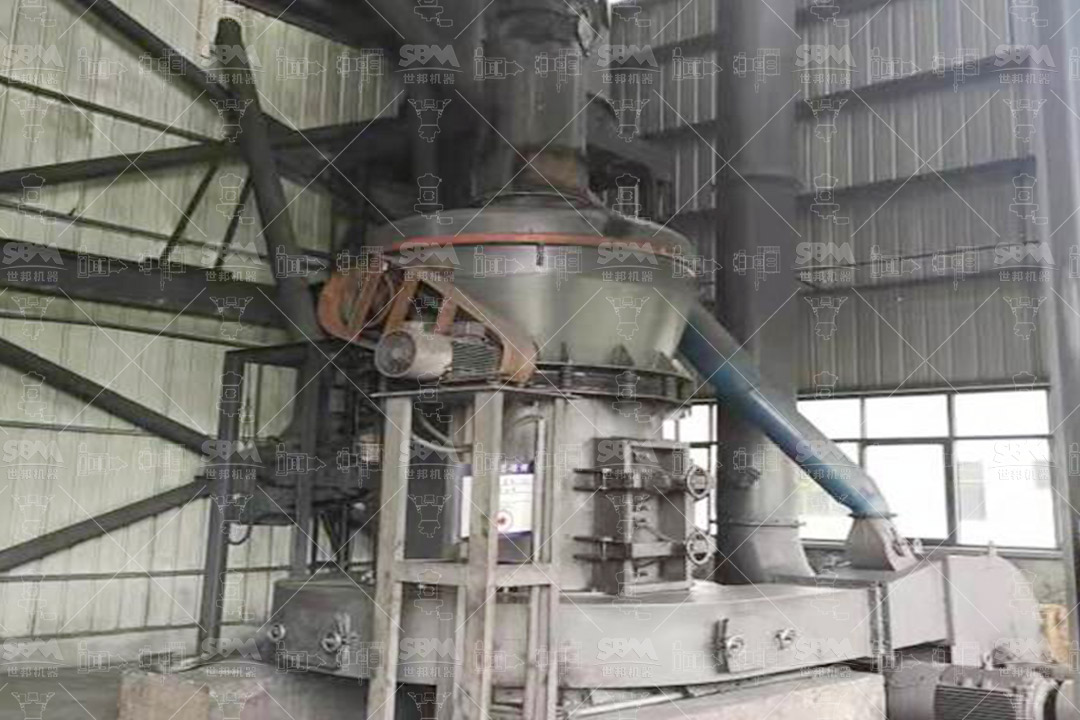The integration of carbon black into adhesive formulations has become increasingly critical in modern industrial applications, particularly where electrical conductivity is required. Carbon black serves as a conductive filler that enables adhesives to dissipate static electricity, provide electromagnetic interference (EMI) shielding, and maintain consistent electrical properties. However, achieving optimal conductivity in adhesive production heavily depends on the particle size distribution, dispersion quality, and surface area of the carbon black particles. This is where advanced grinding technology plays a pivotal role in determining the final product performance.
Proper grinding of carbon black not only affects conductivity but also influences the adhesive’s viscosity, curing characteristics, and mechanical properties. The challenge lies in achieving the fine particle sizes necessary for percolation threshold while maintaining efficient production processes and controlling costs. This article explores the technical requirements for carbon black grinding in adhesive applications and presents advanced milling solutions that address these challenges.

The electrical conductivity of carbon black-filled adhesives follows the percolation theory, where a continuous conductive network forms throughout the polymer matrix. This network depends critically on particle size distribution, with finer particles typically providing lower percolation thresholds. For most conductive adhesive applications, the optimal particle size ranges from 20 nanometers to 5 micrometers, with a narrow distribution to ensure consistent performance.
Research has shown that D97 values below 5μm are often necessary to achieve volume resistivity in the range of 10²-10⁶ Ω·cm, which is suitable for most antistatic and moderately conductive applications. The particle size distribution must be carefully controlled, as overly broad distributions can lead to packing inefficiencies and reduced conductivity at equivalent loading levels.
Carbon black’s conductivity is influenced by both its specific surface area and aggregate structure. High-structure carbon blacks with complex, branched aggregates provide better conductive networks at lower loading levels compared to low-structure varieties. The grinding process must preserve these structural characteristics while reducing particle size, as excessive mechanical shear can degrade the aggregate structure and diminish conductivity.
Specific surface areas ranging from 100 to 1500 m²/g are typical for conductive carbon blacks, with higher surface areas generally correlating with better conductivity at equivalent loadings. However, extremely high surface areas can lead to processing difficulties and increased viscosity in adhesive formulations.
The effectiveness of carbon black as a conductive filler depends fundamentally on its dispersion within the adhesive matrix. Poor dispersion leads to agglomerates that act as defects while failing to contribute to the conductive network. Optimal dispersion requires not only fine particle size but also effective deagglomeration during the grinding process.
Dispersion quality is typically assessed through microscopic examination, rheological measurements, and conductivity testing. Well-dispersed carbon black should show uniform distribution without visible agglomerates larger than 10μm, as larger agglomerates can compromise both conductivity and mechanical properties.
Carbon black is susceptible to thermal degradation during grinding, which can oxidize the surface and reduce conductivity. The high surface area and chemical reactivity of carbon black make it particularly vulnerable to oxidation at elevated temperatures. Grinding systems must therefore incorporate effective cooling mechanisms to maintain temperatures below the critical threshold of approximately 120°C, above which significant oxidation occurs.
Thermal management becomes increasingly challenging as target particle sizes decrease, since finer grinding typically generates more heat. Advanced milling systems address this through multiple cooling strategies, including water-jacketed grinding chambers, cryogenic options, and optimized airflow patterns that facilitate heat dissipation.
The extremely fine particles produced during carbon black grinding have a strong tendency to agglomerate due to van der Waals forces and static electricity. These agglomerates can be difficult to break during subsequent mixing with adhesive resins, leading to inconsistent conductivity and potential product defects.
Static charge accumulation presents additional handling challenges, including safety concerns and material loss through adherence to equipment surfaces. Modern grinding systems incorporate anti-static measures and surface treatment options that minimize these issues while improving downstream processability.
Maintaining consistent particle characteristics across multiple production batches is essential for reliable adhesive performance. Variations in particle size distribution, surface chemistry, or aggregate structure can significantly alter the electrical properties of the final product. Achieving this consistency requires grinding equipment with precise control systems and minimal operational variability.
Reproducibility becomes particularly important when supplying carbon black for applications with strict regulatory or performance requirements, such as electronics assembly or aerospace applications. Advanced milling systems with automated process control and real-time monitoring capabilities provide the necessary consistency for these demanding applications.

For applications requiring the finest particle sizes and tightest distributions, the SCM Ultrafine Mill represents the state of the art in carbon black processing. This system achieves output fineness ranging from 325 to 2500 mesh (D97 ≤5μm), making it ideal for high-performance conductive adhesives where minimal percolation thresholds are desired.
The SCM series incorporates several technological advancements specifically beneficial for carbon black processing:
With models ranging from the SCM800 (0.5-4.5 ton/h) to the SCM1680 (5.0-25 ton/h), the series provides scalability from laboratory development to full-scale production. The intelligent control system automatically monitors and adjusts for consistent product quality, while the comprehensive dust collection system ensures operator safety and environmental compliance.
The LUM Ultrafine Vertical Mill offers an alternative approach specifically optimized for difficult-to-grind materials like conductive carbon black. Its unique grinding geometry and multi-rotor classification system provide exceptional control over particle characteristics, particularly important for maintaining the aggregate structure that contributes to conductivity.
Key features of the LUM series include:
The LUM series achieves D97 values from 5-30μm with throughputs from 1.6 to 15 ton/h, depending on the specific model and operational parameters. The system’s ability to handle materials with high oil absorption is particularly advantageous for carbon black, which typically exhibits this characteristic.
| Mill Type | Output Fineness | Capacity Range | Key Advantages for Carbon Black |
|---|---|---|---|
| SCM Ultrafine Mill | 325-2500 mesh (D97≤5μm) | 0.5-25 ton/h | Ultra-fine capability, energy efficiency, thermal control |
| LUM Ultrafine Vertical Mill | 325-2500 mesh (D97 5-30μm) | 1.6-15 ton/h | Structure preservation, multi-stage classification, automation |
| MTW Trapezium Mill | 30-325 mesh | 3-45 ton/h | High capacity, wear resistance, cost efficiency |
Advanced grinding systems can be configured to incorporate in-line surface treatment of carbon black during the grinding process. This approach offers significant advantages for conductive adhesive applications, as it ensures complete dispersion of treatment agents and eliminates additional processing steps. Common surface treatments for conductive carbon black include silanes, titanates, and proprietary dispersing agents that improve compatibility with adhesive resins.
Integrated treatment systems typically introduce treatment agents into the grinding chamber or classification circuit, where high shear forces and extensive surface area facilitate uniform application. This results in carbon black with optimized interfacial characteristics that promote both conductivity and mechanical performance in the final adhesive product.
Implementing comprehensive quality control measures throughout the grinding process is essential for producing carbon black with consistent conductive properties. Key parameters to monitor include:
Modern grinding systems can integrate these measurement techniques for real-time monitoring and automatic adjustment of operational parameters. This closed-loop control approach minimizes variability and ensures consistent product quality despite fluctuations in feed material characteristics.
Transitioning from laboratory development to commercial production requires careful consideration of scale-up factors. While small-scale grinding typically focuses on achieving target particle characteristics, production-scale operations must also address throughput, energy consumption, and operational reliability.
The modular design of advanced grinding systems like the SCM and LUM series facilitates scale-up by maintaining similar mechanical and operational principles across different capacity ranges. This geometric and dynamic similarity ensures that product characteristics remain consistent when moving from pilot to production scale, reducing development time and technical risk.

When evaluating grinding systems for carbon black processing, considering the total cost of ownership rather than just initial investment provides a more accurate assessment of economic viability. Key factors include:
For typical conductive carbon black production, operational costs often exceed capital costs within the first 2-3 years of operation, making energy efficiency and maintenance requirements critical selection criteria.
Carbon black grinding presents several environmental challenges, primarily related to dust emissions and energy consumption. Modern milling systems address these concerns through:
These features not only minimize environmental impact but also contribute to improved working conditions and reduced regulatory burden for production facilities.
The ongoing digital transformation of industrial processes is reaching carbon black grinding operations, with several significant developments emerging:
These digital technologies not only improve operational efficiency but also enhance product consistency – a critical factor for conductive applications where minor variations can significantly impact performance.
Growing emphasis on sustainable manufacturing is driving innovations in carbon black grinding technology, including:
These sustainability initiatives not only address environmental concerns but also frequently yield economic benefits through reduced resource consumption and operational costs.
The production of conductive carbon black for adhesive applications represents a sophisticated technological challenge that demands precise control over multiple particle characteristics. Advanced grinding systems like the SCM Ultrafine Mill and LUM Ultrafine Vertical Mill provide the necessary capabilities to meet these demands, offering fine particle sizes, narrow distributions, and preservation of critical aggregate structures.
Selecting the appropriate grinding technology requires careful consideration of both technical requirements and economic factors. The SCM series excels in applications requiring the finest particle sizes and highest conductivity, while the LUM series offers advantages in automation and structural preservation. Both systems provide the consistency, efficiency, and environmental performance necessary for modern adhesive production facilities.
As conductive adhesive applications continue to expand in electronics, automotive, and aerospace sectors, the role of advanced grinding technology in enabling these applications will only grow in importance. Continued innovation in grinding systems, particularly in digitalization and sustainability, will further enhance their contribution to this dynamic field.